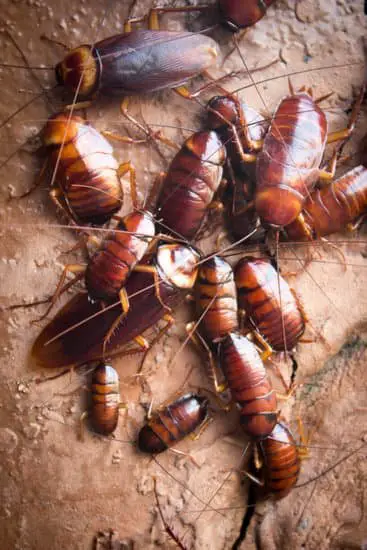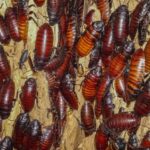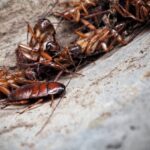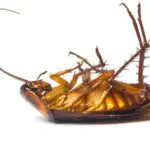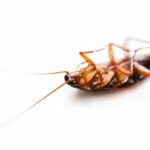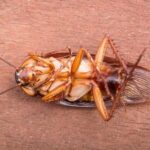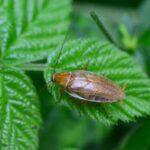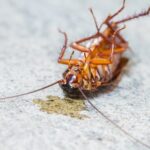Do Cockroaches Have Brains?
Although most creatures pack executive functions into one brain, the roach actually has two. The main brain and ganglia are located in the head cavity. The ganglia control body functions, while the’real brain’ focuses on food, communication, and regeneration. In addition to regulating body functions, the ganglia also carry out basic nerve responses, such as responding to bumps and poisons.
Researchers at Case Western Reserve University have identified the neurons in the cockroach’s brain, which control the speed, direction, and movement of the insect. This finding is important because it shows how the brain of insects controls reflexes and joint coordination. In addition, the central complex of the cockroach’s brain appears to monitor sensory information and influence the different forms of movement.
In addition to the main brain, cockroaches have a second brain that is located near the abdomen. The cockroach’s brain also has nerve clusters throughout the body. These nerve clusters act as a second brain. Because of this, a cockroach can live without its head and still function.
The brain of a cockroach is composed of multiple areas, each with specific functions. In the American cockroach, the eyes are situated beside the base of the antennae. The ocellar ganglia are responsible for transferring information from the eyes to the brain. The brain of the cockroach contains the protocerebrum, which developed from the second segment of the neural tube. This brain contains the olfactory and mechanosensory centers, as well as sensory centers in the antennal and dorsal lobes.
